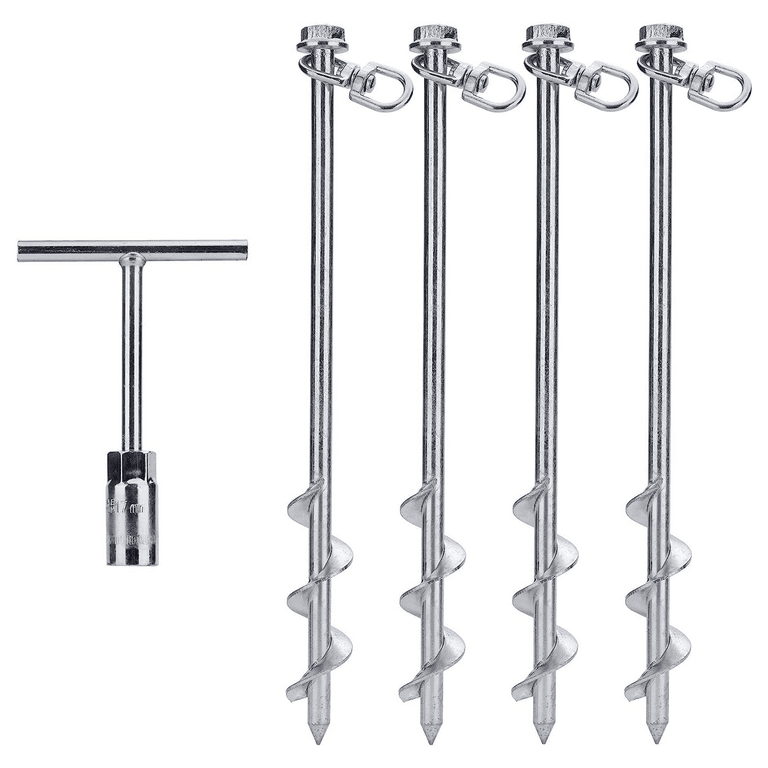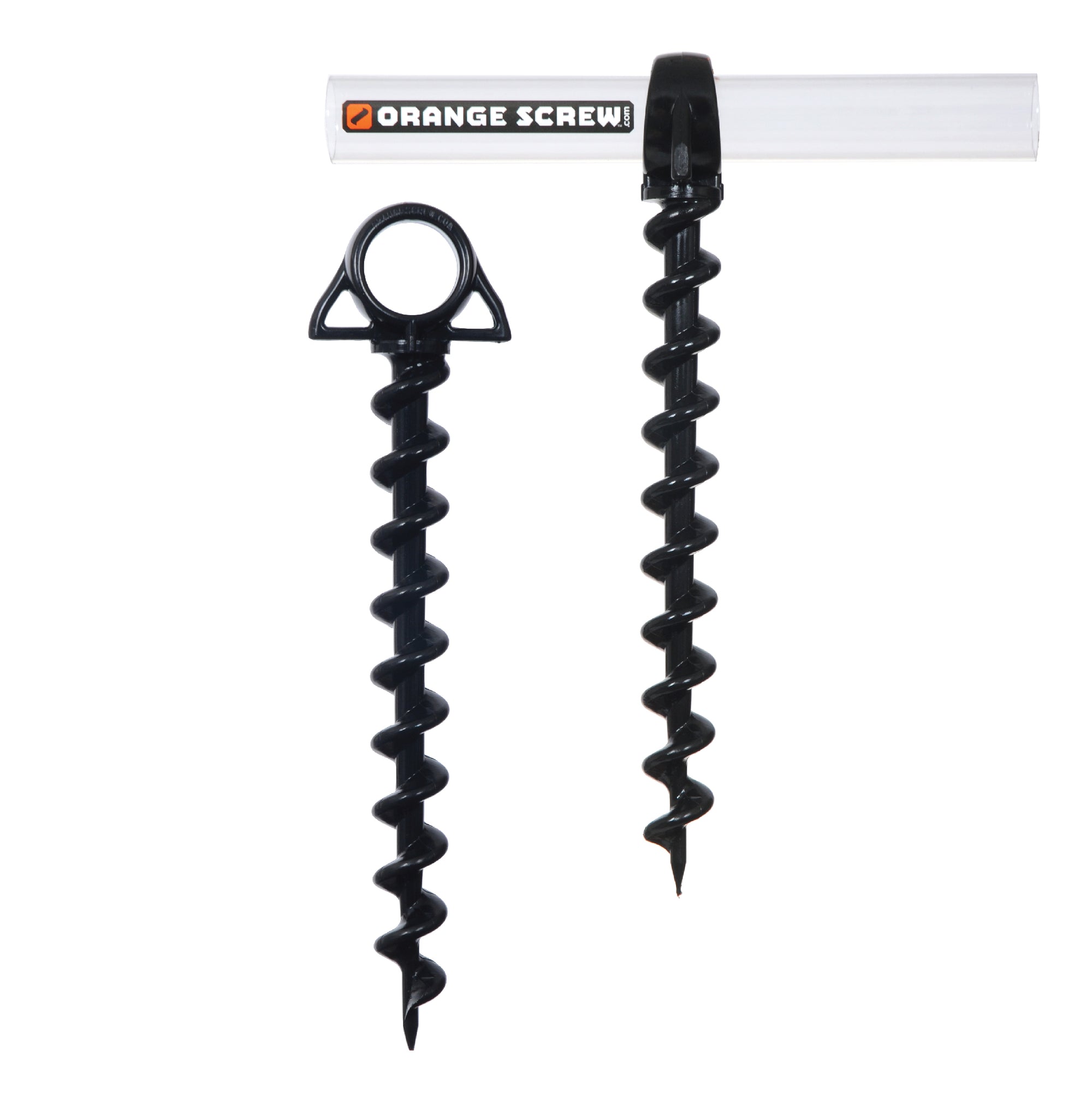The Best Ways to Install a Ground Anchor for Optimal Performance
The Best Ways to Install a Ground Anchor for Optimal Performance
Blog Article
Uncover the Advantages of Making Use Of Ground Support for Boosted Security
Ground anchors are essential to improving security throughout numerous applications, specifically in construction and outdoor events. Their capability to give support versus side pressures makes them important in testing soil problems, providing a reliable solution throughout extreme weather situations. Additionally, ground supports are developed to lessen environmental effect and installment prices, while suiting details task demands. As we check out the diverse advantages of ground supports, an essential concern develops: what elements should be taken into consideration when picking the most ideal type for your task?
What Are Ground Supports?
Utilizing cutting-edge engineering options, ground supports are specialized devices developed to protect frameworks to the ground, giving stability and support in different applications. These supports are generally ingrained deep right into the dirt and are made use of in a range of construction and civil design tasks, including structures, keeping walls, and bridges. By transferring the lots of a framework right into the surrounding planet, ground supports effectively combat pressures such as stress, shear, and side tons.
Ground anchors come in various forms, including passive and active systems - Ground Anchor. Passive supports depend on friction and the weight of the structure for stability, while active supports make use of tension to boost their hold within the soil. Usual materials for ground anchors consist of steel, which provides high tensile strength, and artificial materials, which can offer corrosion resistance in specific settings
The installation of ground supports is an important step in ensuring the lasting toughness of structures. Correct style and execution are important to suit aspects such as soil structure, environmental conditions, and lots demands. Because of this, ground anchors play an essential role in preserving the honesty and security of engineering jobs throughout diverse setups.
Key Advantages of Ground Anchors
Ground anchors offer a number of vital benefits that improve the security and long life of frameworks in various engineering applications. Among the key advantages is their ability to provide additional support and resistance versus lateral pressures, such as wind and seismic task. This increased stability is vital for maintaining the integrity of frameworks, specifically in tough settings.
Furthermore, ground anchors are versatile and can be used in a variety of soil conditions and terrain types. Their flexibility permits engineers to execute anchoring solutions customized to details job requirements, making certain ideal performance. The installation of ground anchors is usually much less invasive and needs minimal excavation, reducing the ecological effect and building time.
The long-lasting performance of ground anchors can lead to decreased upkeep demands, additionally boosting their financial viability. Collectively, these benefits setting ground anchors as a trusted remedy for boosting structural stability in design jobs.
Applications in Building And Construction
The convenience of ground supports makes them important in various building and construction applications - Ground Anchor. These supports supply crucial stablizing for frameworks, especially in challenging soil problems or on sloped surfaces. They are frequently utilized in web link retaining wall surfaces, guaranteeing that these structures can withstand lateral earth stress while avoiding dirt disintegration
In foundation job, ground anchors are essential for securing short-lived structures, such as shoring systems, throughout excavation processes. By providing extra support, they assist preserve the honesty of adjacent buildings and protect against ground activity. Ground supports are used in the building and construction of towers and bridges, where they can absorb tensile loads and enhance the overall stability of the facilities.
In addition, ground supports are integral in the installation of wind turbines, where they help anchor the turbine base versus high winds and various other ecological stress and anxieties. Their flexibility enables numerous layouts, consisting of helical, driven, and grouted anchors, tailored to details website problems. Overall, the application of ground supports in building not only enhances safety and security but likewise adds to the longevity of frameworks, making them a basic component in contemporary design techniques.
Enhancing Outside Event Security
Making sure stability at outdoor occasions is vital for both security and functional effectiveness. Ground supports offer a reputable solution to protect short-term frameworks, such like it as tents, stages, and equipment, against damaging weather condition problems and unexpected disruptions. By using ground supports, event coordinators can significantly minimize the threat of architectural failure, which can result in injuries and accidents.
The application of ground supports plays a pivotal duty in preserving the stability of the occasion format. For example, they can successfully support canopies and outdoors tents, making certain that they continue to be strongly in location during gusty problems. This not only safeguards attendees but additionally maintains the devices and materials within the event room.
In addition, ground supports improve the general visual of exterior events. By eliminating the need for large weights or additional assistances, they develop a cleaner, much more orderly appearance. This is particularly important for top-level events where aesthetic discussion matters.
Picking the Right Ground Support
Selecting the suitable ground anchor is vital for accomplishing ideal stability and safety and security at outdoor events. Numerous factors have to be thought about when making this choice, including soil type, environmental conditions, and the particular requirements of the framework being secured.
To start with, analyze the soil problems where the support will be mounted. Sandy or loosened soil may call for a various support type compared to clay or rough surface. For instance, auger supports work in loosened dirts, while deadman anchors provide better security in stronger ground.


Following, review the environmental conditions, such as wind lots, potential rainfall, and the overall weather condition projection - Ground Anchor. Greater wind rates require even more durable anchoring options to avoid activity or tipping of frameworks
In addition, consider the weight and height of the frameworks entailed. Larger canopies or outdoors tents will require heavier-duty supports contrasted to smaller arrangements.
Verdict
In conclusion, ground anchors serve as a crucial remedy for enhancing stability throughout numerous applications. Inevitably, the fostering of ground anchors represents a prudent choice for accomplishing optimum security in building and construction and exterior setups.

Report this page